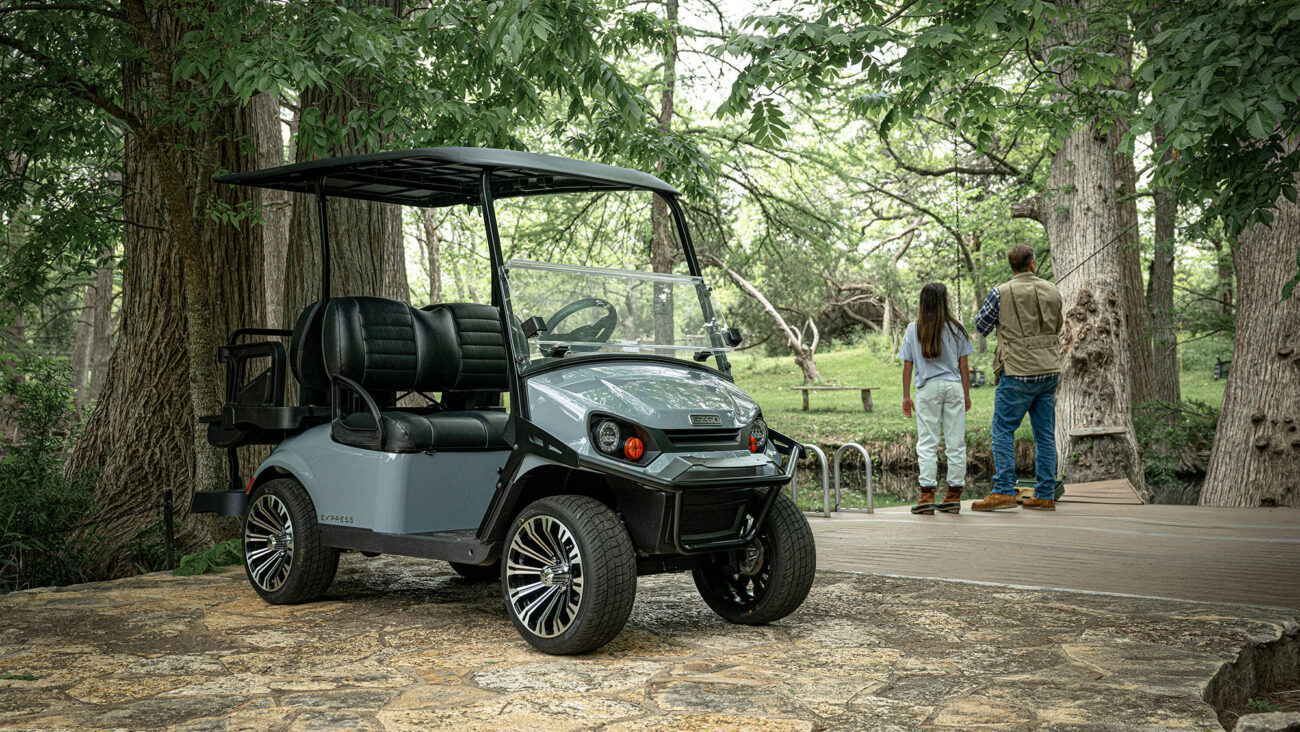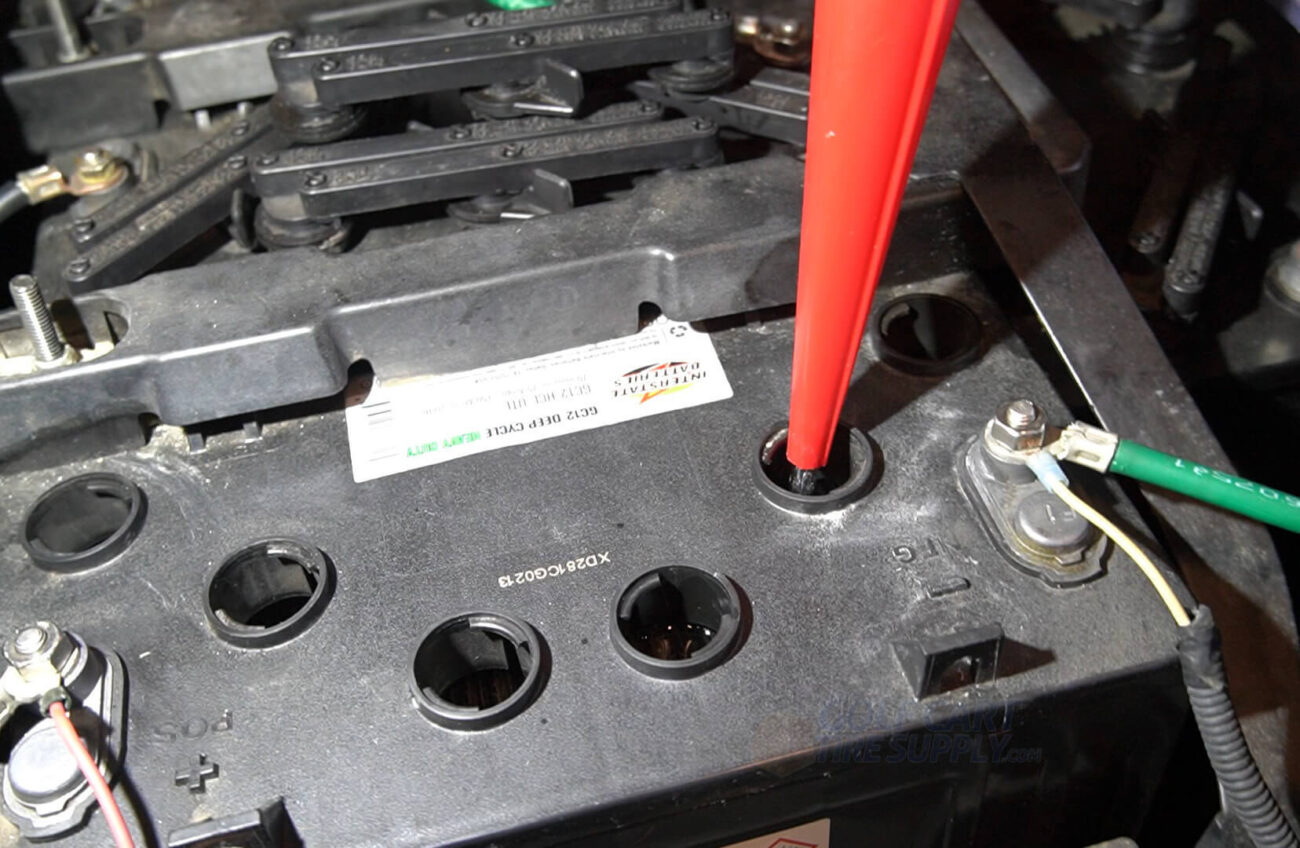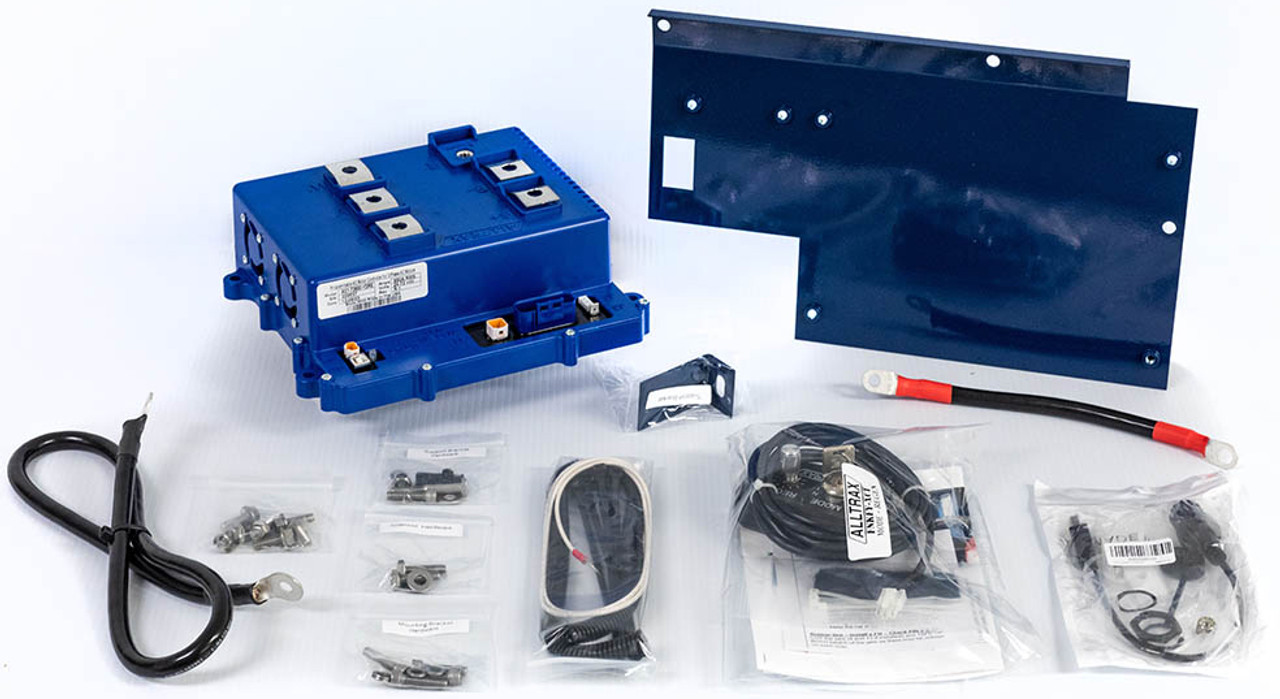
ATV Battery Guide: Types, Lifespan, and Choosing the Right One
The ATV battery is a crucial component that powers your vehicle efficiently. Understanding battery types, compatibility, and lifespan helps ensure your ATV runs smoothly.
Do All ATVs Use the Same Battery?
Not all ATVs use the same battery. Battery requirements vary depending on the ATV’s make, model, engine size, and electrical system. While many ATVs use 12-volt batteries, the size, capacity, and type can differ significantly. It’s essential to consult your ATV’s manual or manufacturer recommendations to choose the correct battery. Using an incompatible battery can lead to poor performance or even damage the electrical system.
Some ATVs may require batteries with higher cold cranking amps (CCA) to start reliably in cold weather, while others prioritize deep cycle capabilities for longer accessory use. Additionally, battery terminal types and physical dimensions should match the ATV’s battery compartment for safe installation.
What Type of Battery is Best for an ATV?
The best battery for an ATV depends on usage, maintenance preferences, and budget. Common ATV battery types include:
- Lead-Acid Batteries: The traditional choice, lead-acid batteries are affordable and widely available. They require regular maintenance, such as checking water levels, and are heavier than newer types.
- AGM (Absorbent Glass Mat) Batteries: These are a type of sealed lead-acid battery with better vibration resistance and no maintenance required. They offer better performance in harsh conditions and longer lifespan.
- Gel Cell Batteries: Another sealed option with excellent resistance to vibration and temperature extremes, gel batteries provide reliable power but are typically more expensive.
- Lithium-Ion Batteries: The newest technology in ATV batteries, lithium-ion options are lightweight, have higher energy density, longer lifespan, and faster charging times. They tend to be more expensive but offer superior performance, especially for high-demand ATVs.
For most ATV owners, AGM batteries strike a great balance between performance, maintenance, and price. However, if you want the best performance and can afford the premium, lithium-ion batteries are increasingly popular in modern ATVs.
How Many Years Should an ATV Battery Last?
The lifespan of an ATV battery depends on battery type, usage patterns, and maintenance. On average:
- Lead-Acid Batteries typically last about 2 to 3 years with proper care.
- AGM and Gel Cell Batteries can last 3 to 5 years, benefiting from their sealed design and durability.
- Lithium-Ion Batteries may last 5 to 8 years or more, offering superior longevity and consistent power output.
Proper storage, regular charging, and avoiding deep discharges help maximize battery life. It’s important to periodically inspect and test your ATV battery to avoid unexpected failures during use.
Conclusion
Choosing the right ATV battery is essential for optimal vehicle performance and reliability. While not all ATVs use the same battery, understanding the differences between lead-acid, AGM, gel, and lithium-ion batteries helps you make an informed decision. Regular maintenance and proper care can extend battery life, ensuring your ATV runs smoothly for years to come. Whether you prioritize cost, performance, or longevity, selecting the right battery type tailored to your ATV’s needs is key to enjoying your outdoor adventures.





Add a review
Your email address will not be published. Required fields are marked *